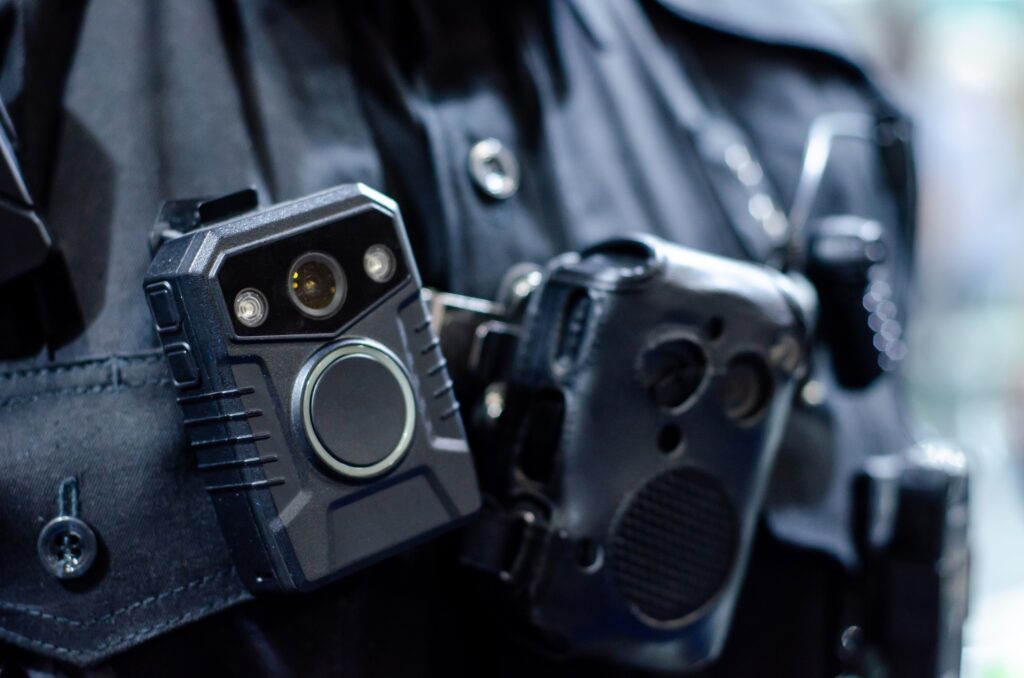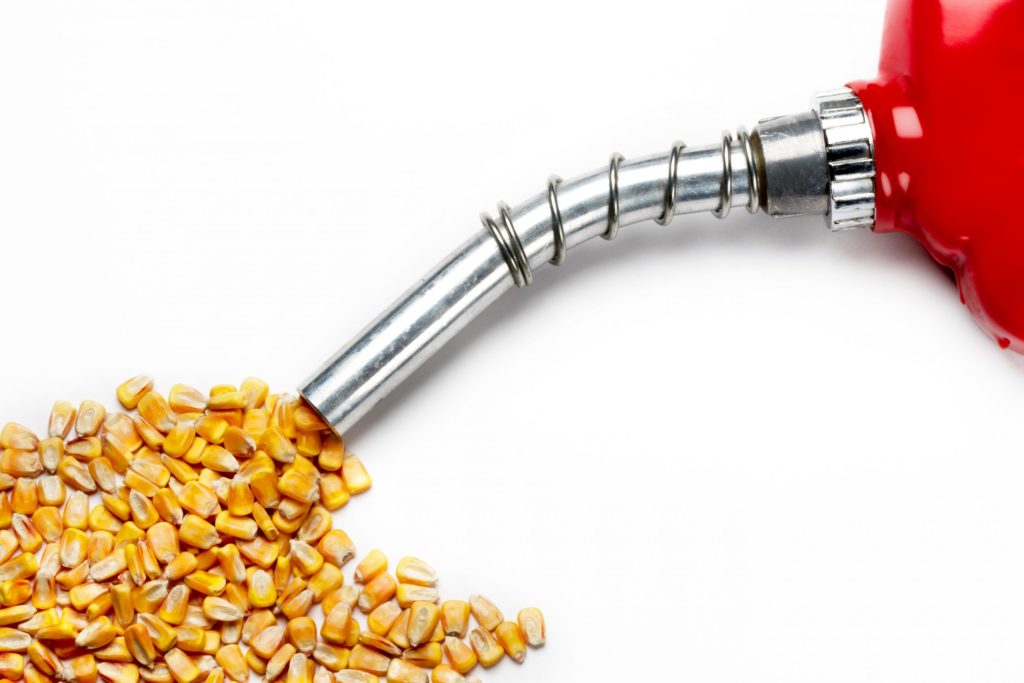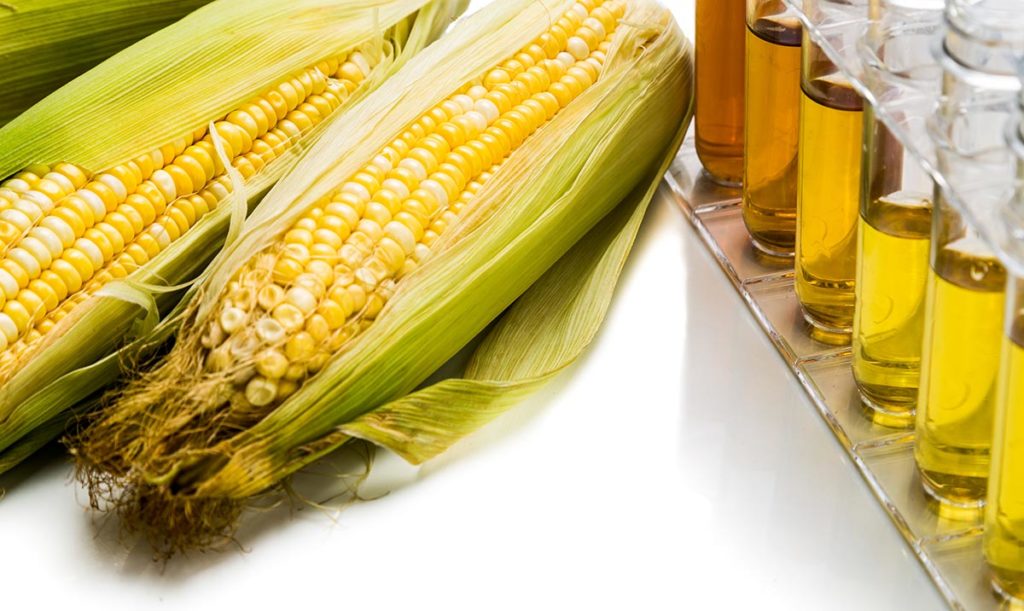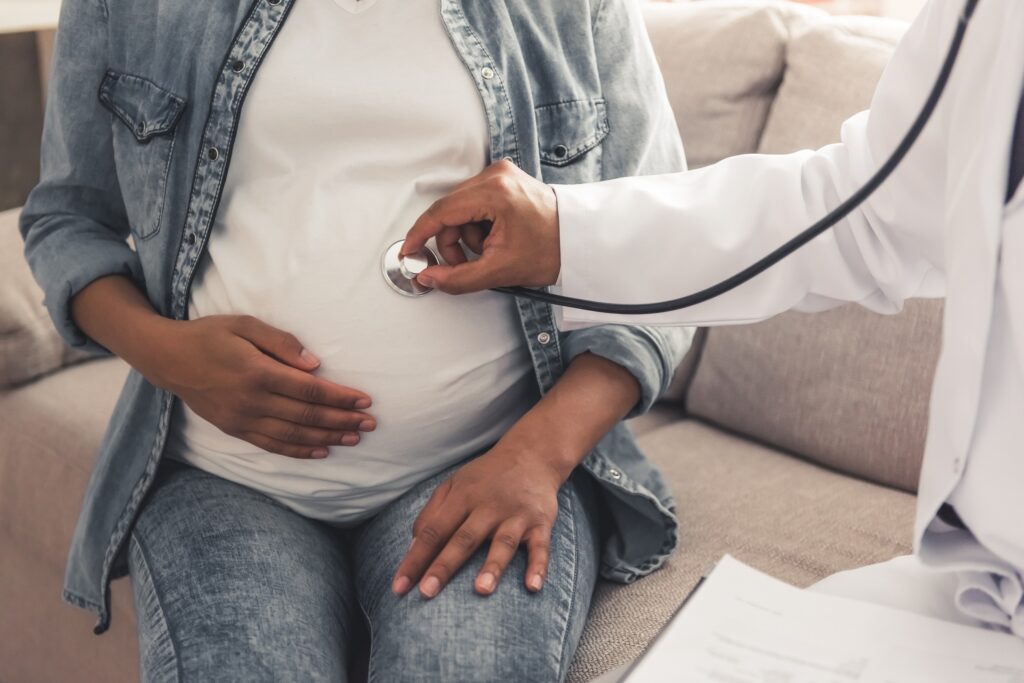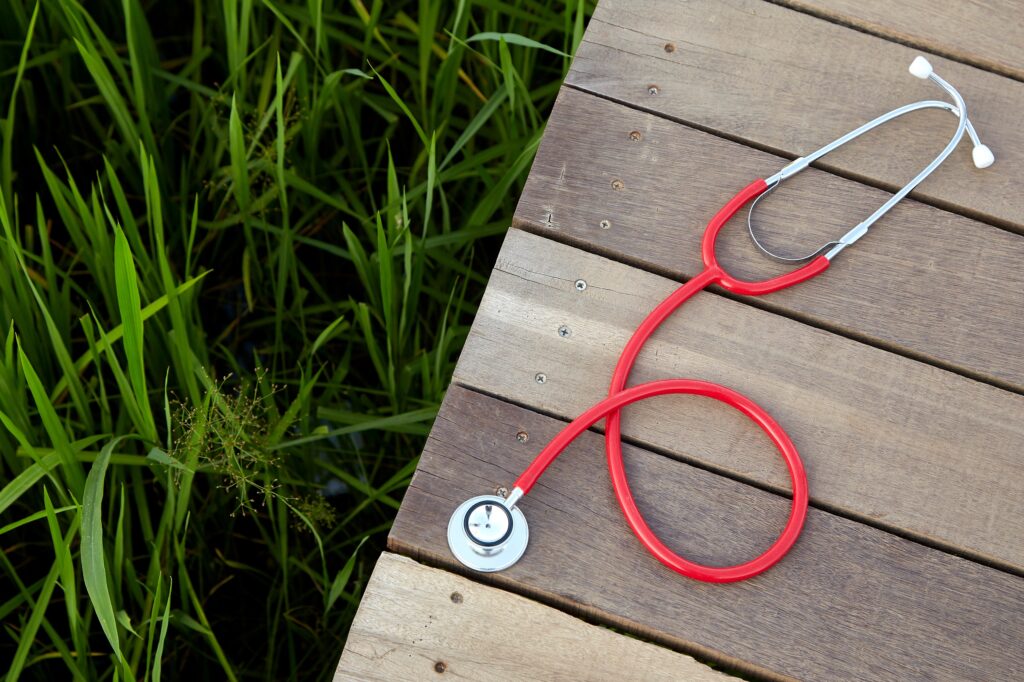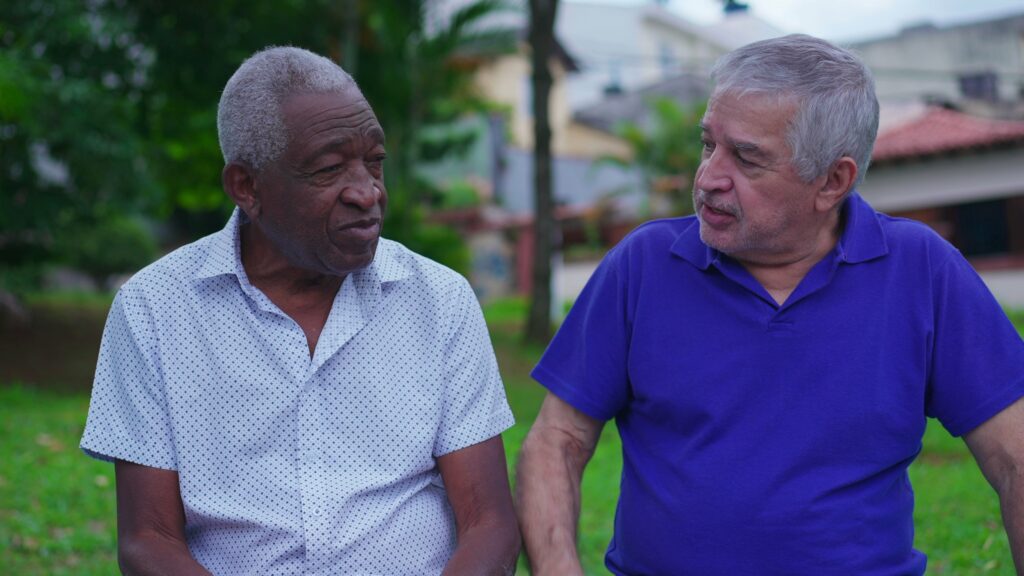Barriers to reentry and their disparate impact on women
Author
Key Points
Introduction
In the last 30 years, the number of women in prison grew at a rate of 1.5 times that of men. Yet despite the fact that they now comprise the most rapidly growing group of ex-offenders in the United States, reentry programs are not being tailored to support their particular needs. While there are some similarities between male and female offenders, there are also circumstances particular to women that not only cause them to run afoul of the law but also then to require additional resources and support to aid in their rehabilitation and eventual reentry to society. For these reasons, by examining barriers with a specific concentration on the female experience, society can begin to help promote healthy and effective community reintegration for formerly incarcerated women.

